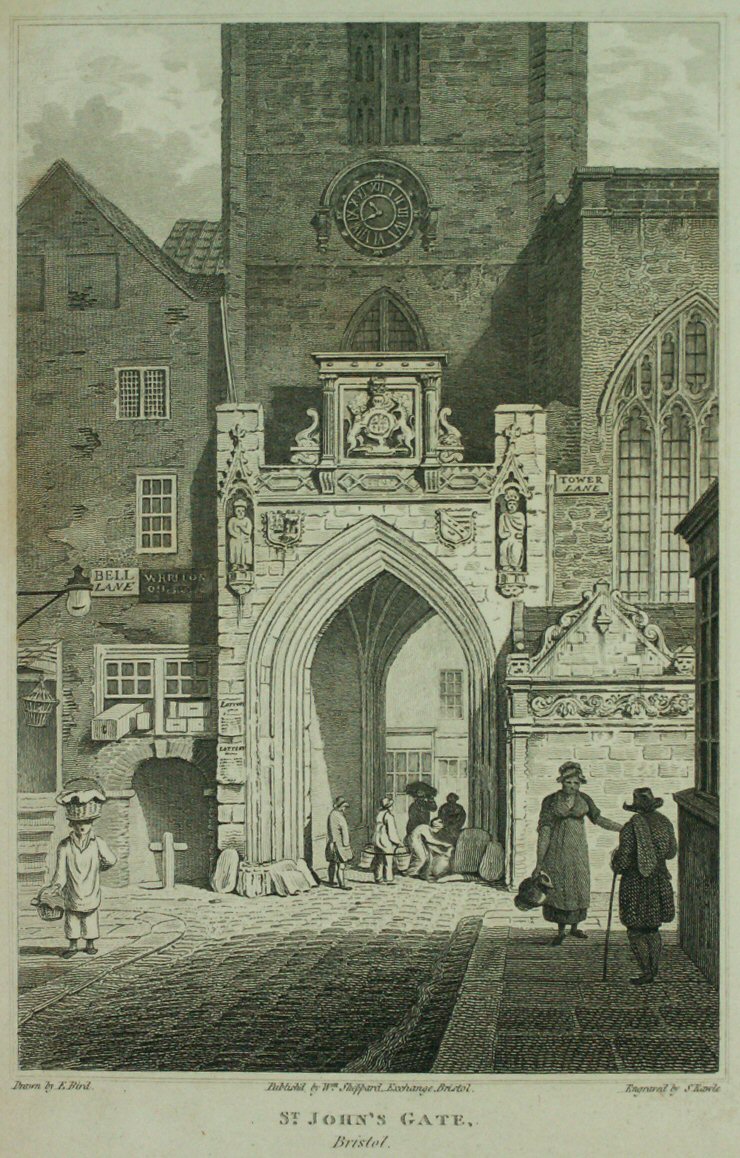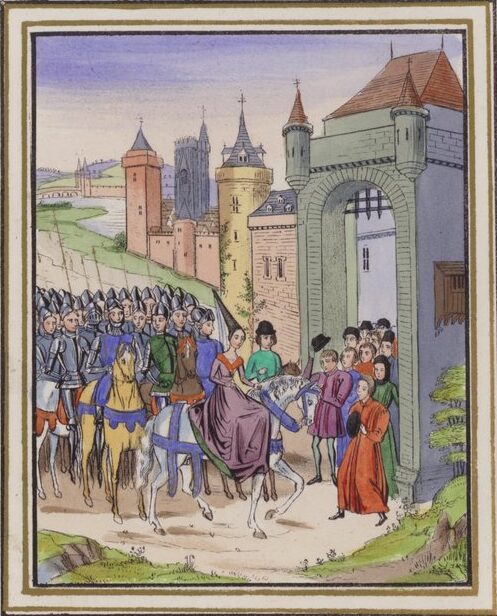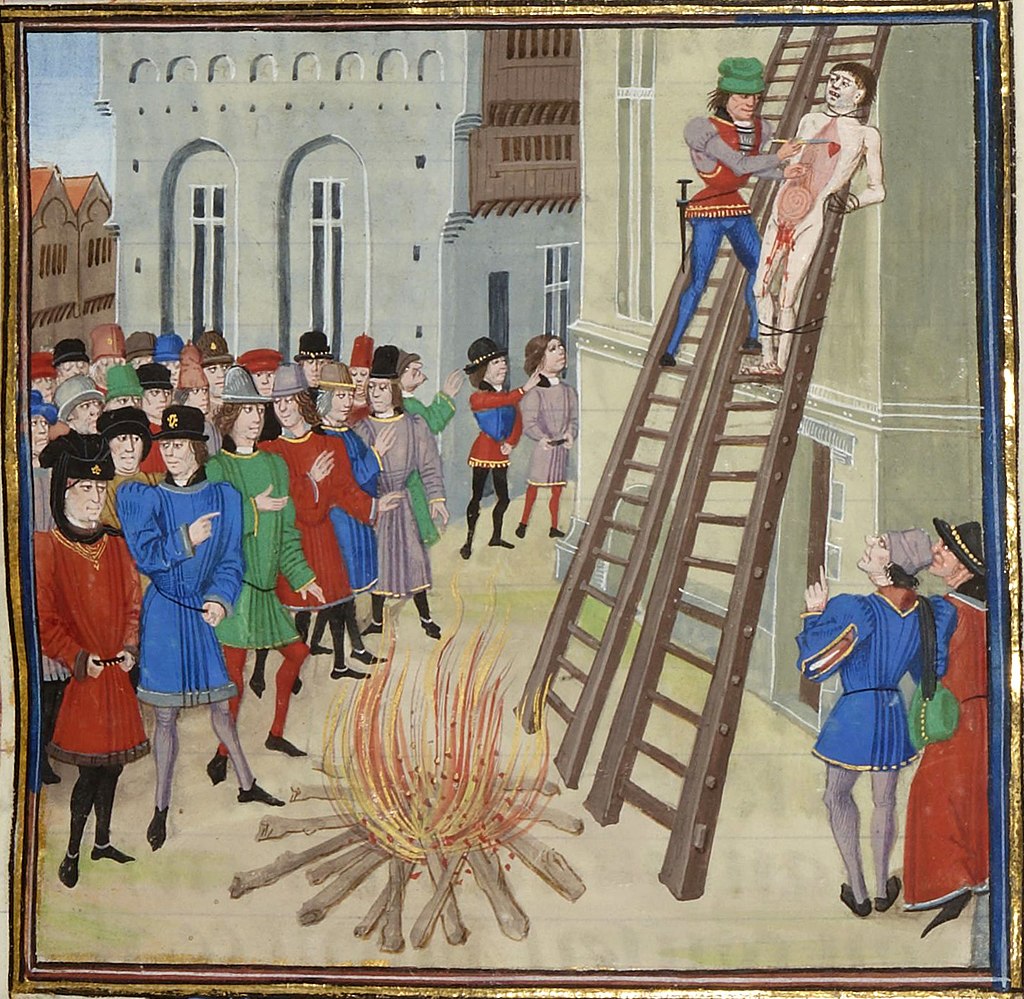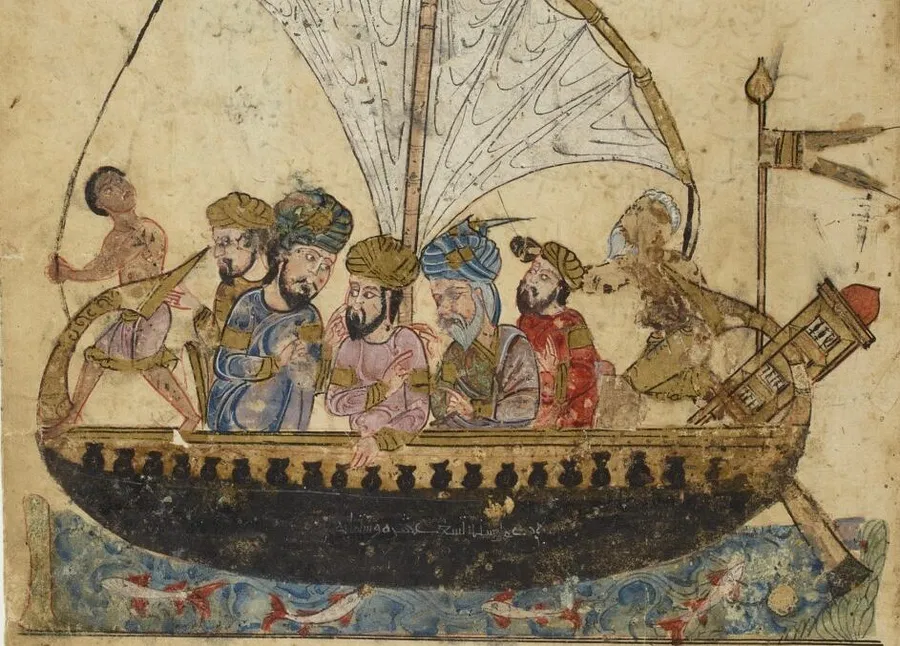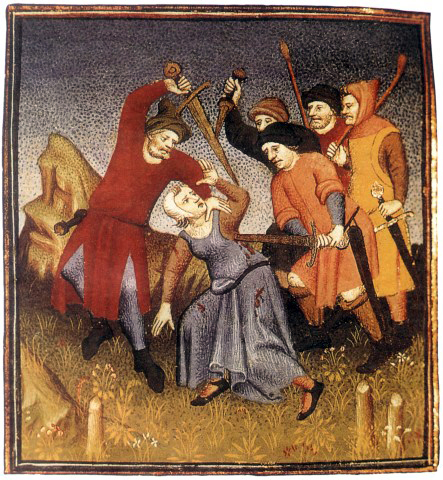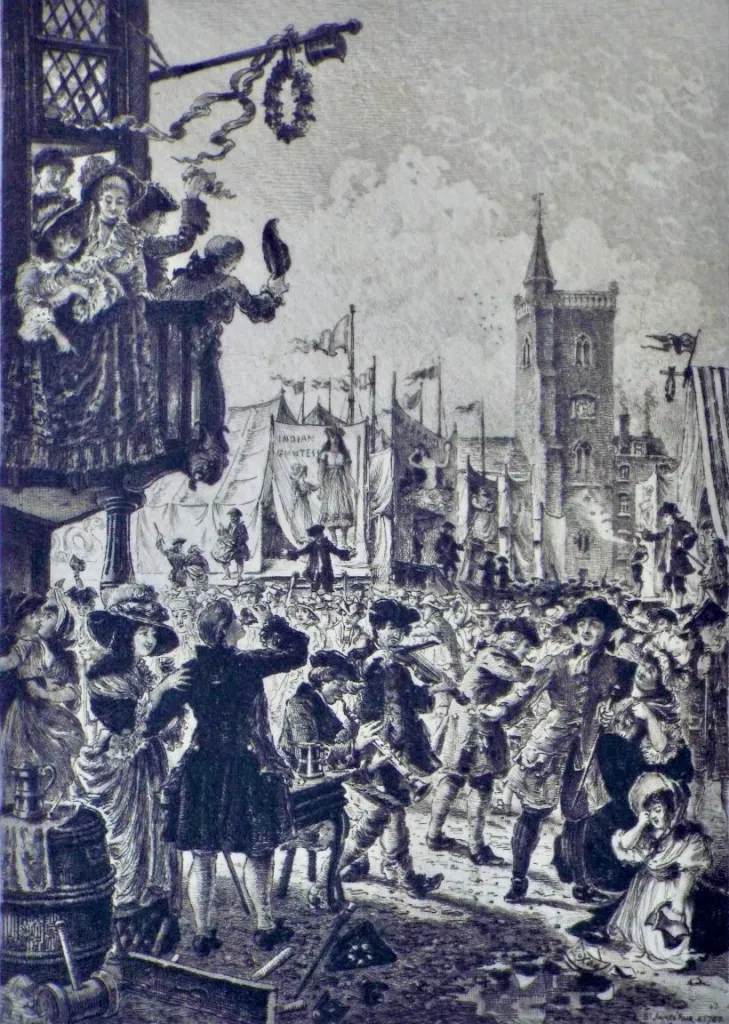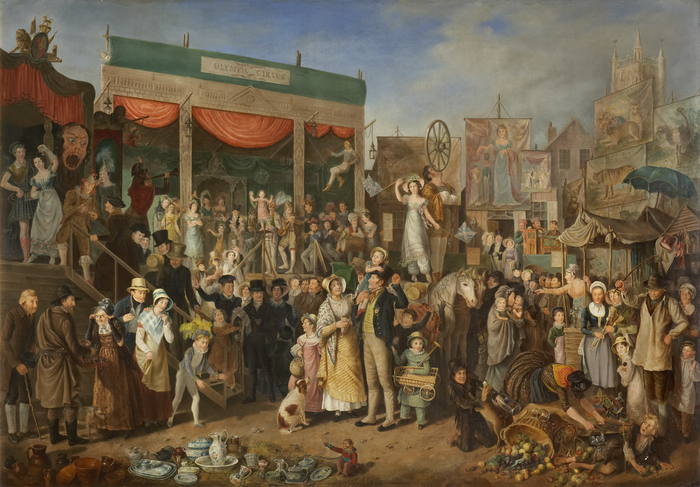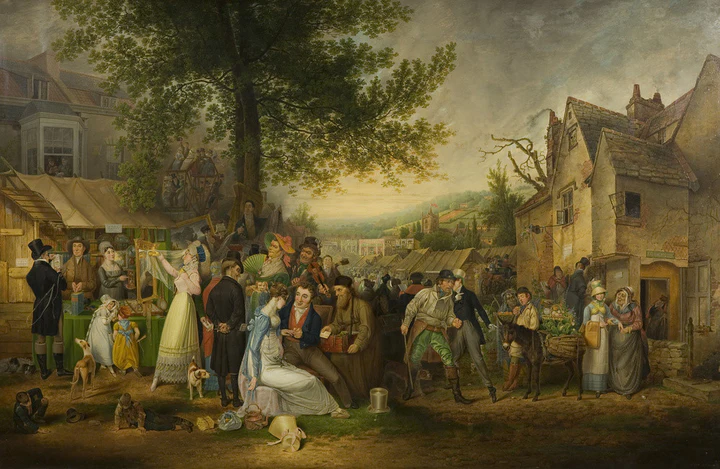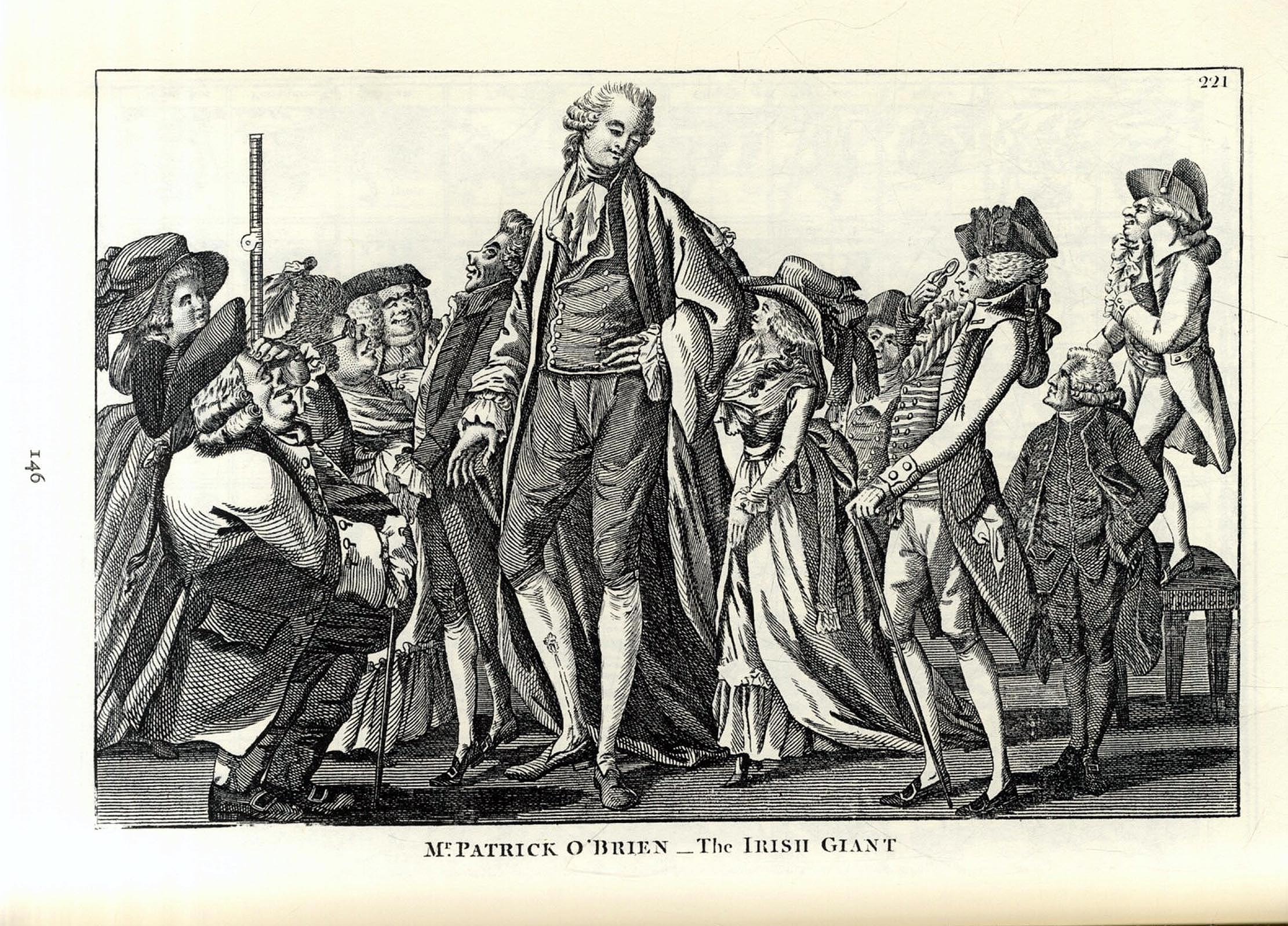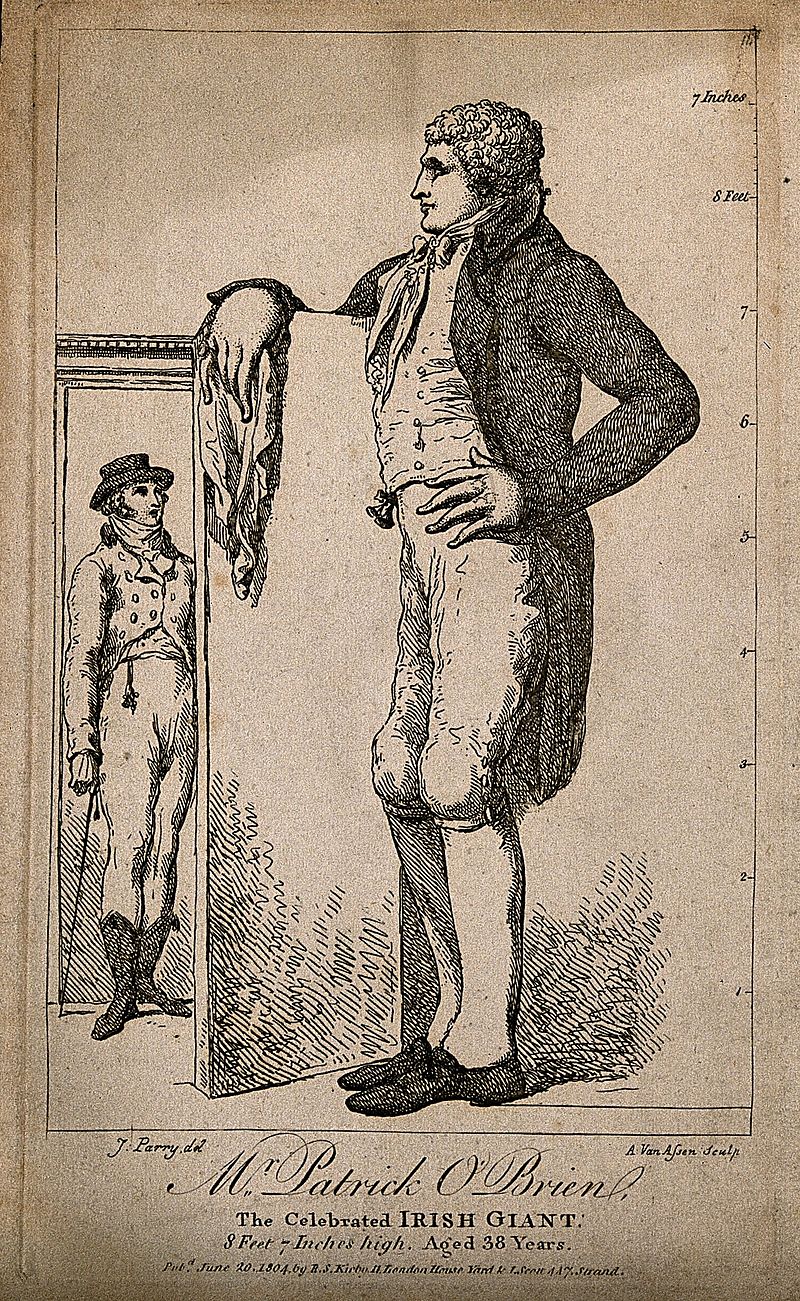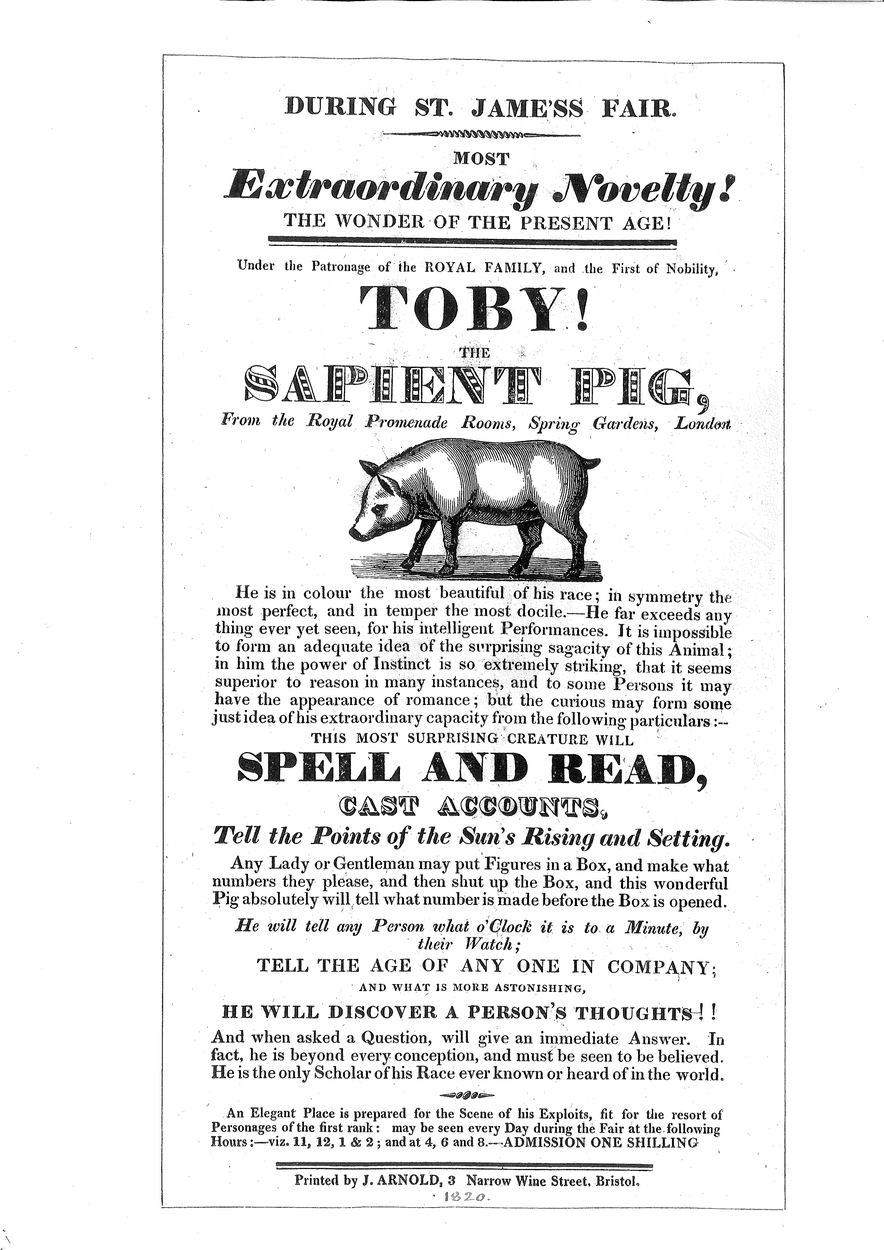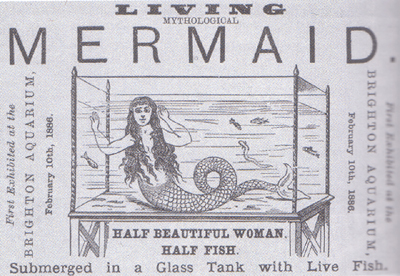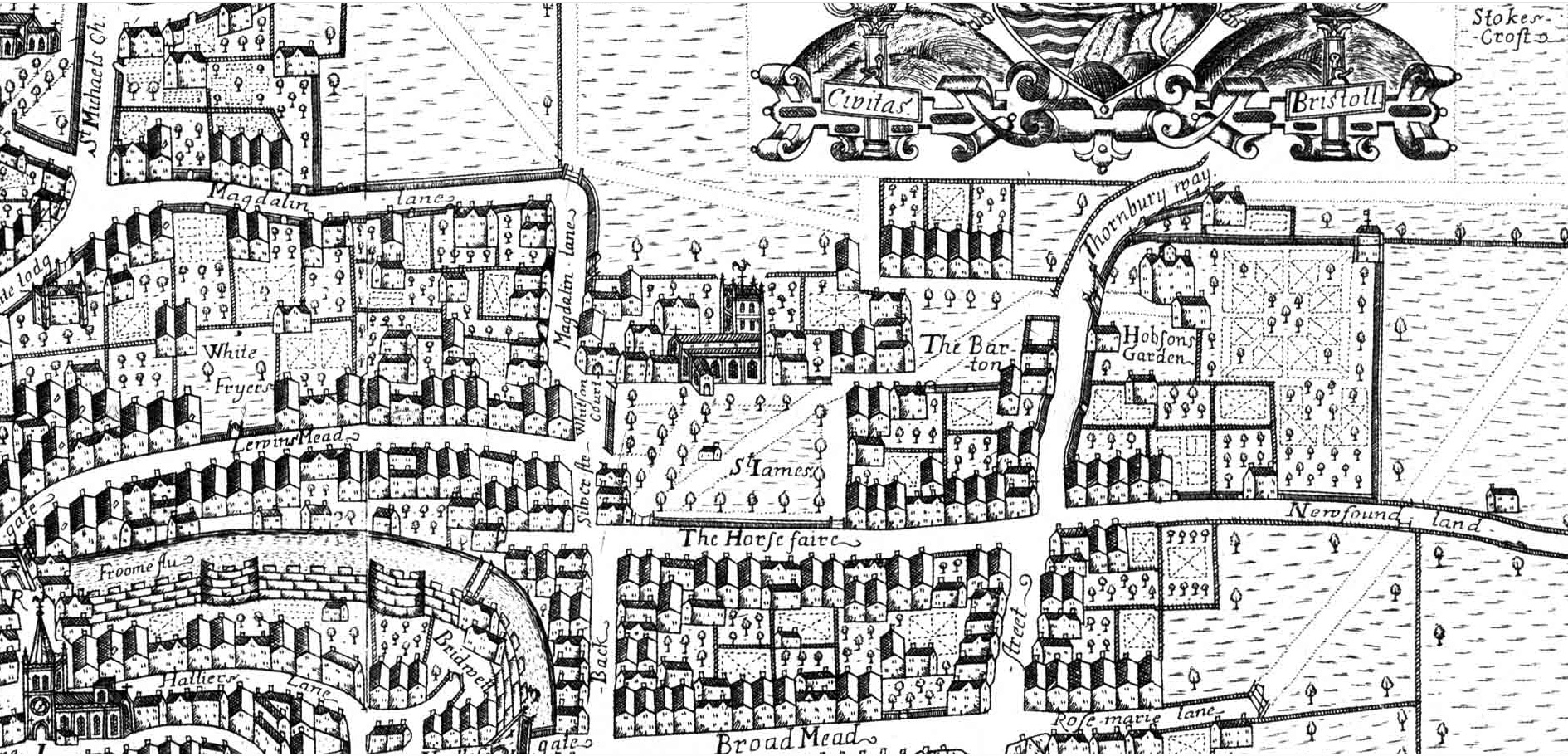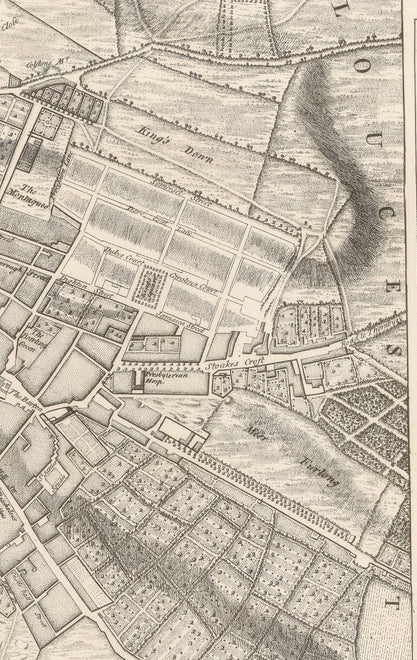A Short History of Stokes Croft
A constant theme of Stokes Croft is its place outside the walls, where theatre, circus and fairs could take place, beyond the strict laws of the city.
Originally, Stokes Croft was in Gloucestershire, and as the city expanded, the city’s boundary moved northwards, until the turnpike at the bottom of Ninetree Hill marked the city’s edge. Eventually, the city grew rapidly past this boundary, leaving Stokes Croft as part of the inner city.
However, that outsider spirit survived when the area became neglected after the destruction of the Second World War, where the once-grand street became a home for squat parties, pop-up art galleries, clubs, and street artists.
Stokes Croft now faces the challenges of gentrification, where much-loved venues are being sold and developed into luxury flats. Land Trusts and legal challenges are pushing back against this encroachment… but the rebellious artistic character of Stokes Croft is under threat, so one day this character might become history too.
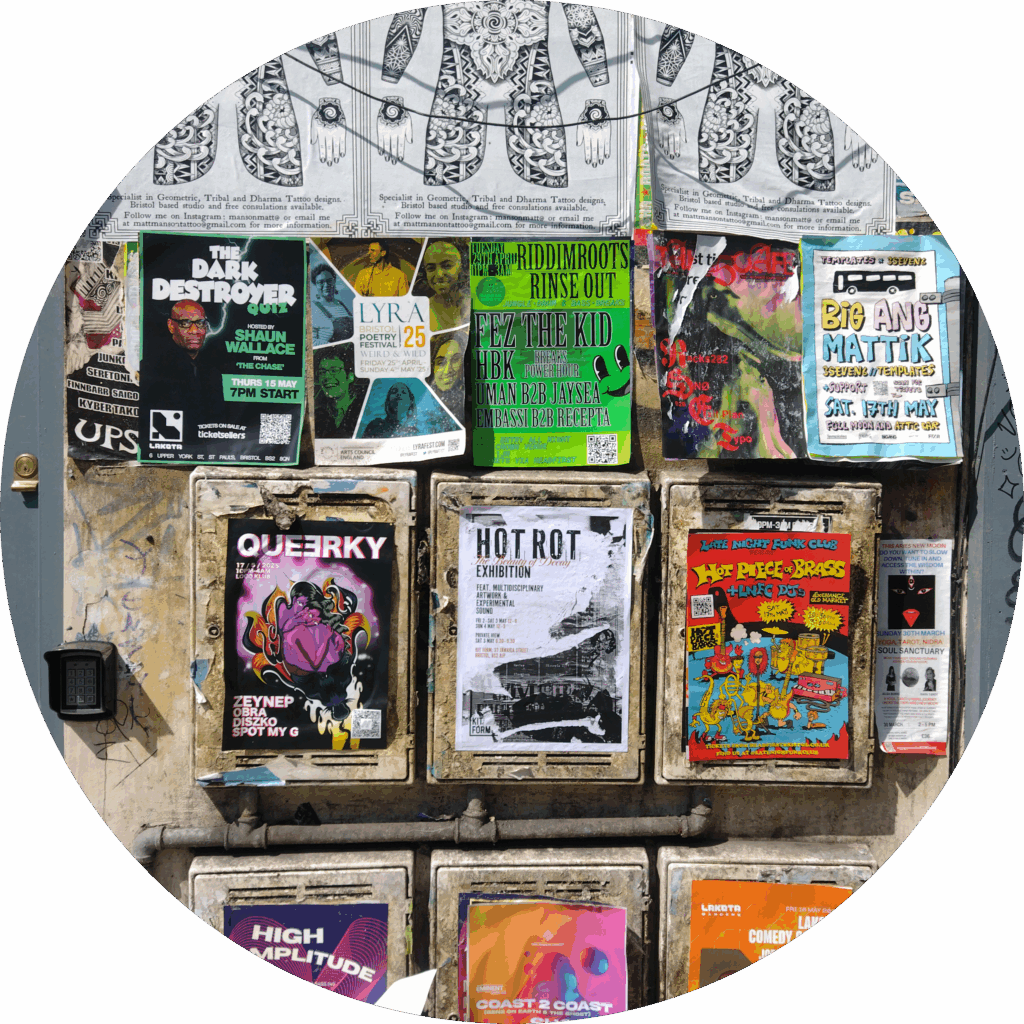
In the Beginning – Medieval Bristol

Medieval Bristol was an over-crowded city hemmed in by the city walls and rivers which defended it. Most of the lands outside the city walls were owned by the church parishes, so the city became densely packed with tall houses. Even the bridge had 4 story houses and a chapel built onto it to take advantage of the limited space. Poor sanitation and overcrowding made Bristol smelly and rife with diseases, but as the crossroads between 2 major rivers with a thriving port, the opportunities for trade drew a growing population.
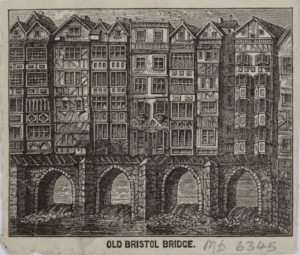

Outside the city walls, north of the crowded city, St James Priory and St Michael’s on the Mount Without were the main landmarks. The remaining land was mostly farmland, with a few scattered farm buildings, where monks and farmers worked the land, which sounds quite idyllic… and it probably was on a sunny day. However, the countryside outside the walls could be a dangerous place, with Viking and Barbary pirates raiding to capture slaves, brigands and bandit gangs stalking travellers, and the ever-present dangers of war… such as when Isabella of France laid siege to Bristol in 1326, which ended in the public hanging and disembowelment of the loser. Life back then was short and often brutal.
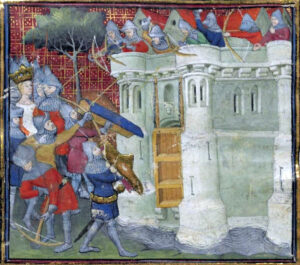

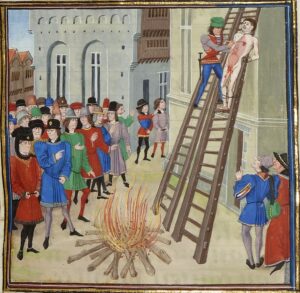


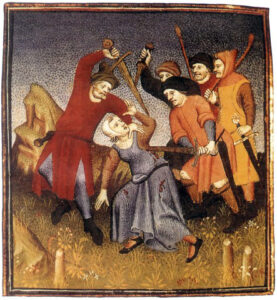
As the church slowly lost its dominance over the city, lands outside the city walls began to be devloped. City mayor John Stokes was given lands north of the city in 1364. His farm became known as Stoke’s Croft.
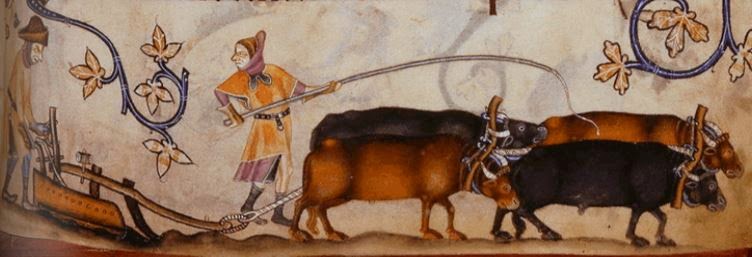
St James Fair
From 1238, a huge fair was held in the fields around St James Church, in what is now the Bearpit roundabout by the coach station. The fair lasted for 2 weeks and attracted stallholders and visitors from across the country. even attracting Barbary pirates, who lay in wait in the Bristol Channel to attack merchant ships bringing fancy goods to sell at the fair.


Farmers from Gloucestershire coming to sell their produce at the fair would take a shortcut through Stokes Croft farm, which gradually evolved from a muddy track to a wider lane, and the road called Stokes Croft was born.
It was said that you could buy anything at the fair, which had luxury goods and cheap trinkets from across the world. The entertainments included theatre, minstrels, boxing, wrestling, bear-baiting, wild animals, acrobats, magicians, and musicians.
There were strict rules inside the walls of the city to govern drinking, market stalls and entertainment, so the fair took advantage of its location without the walls. At its height in the 17th Century, concerns about the fair attracting sex workers, pickpockets, and drunkenness led to the council discussing banning it. The fair was worth so much to the merchants that they clubbed together to bribe the council with the equivalent of £2m. But eventually, in 1837, the council finally banned it, provoking protest riots… which sounds oddly familiar…
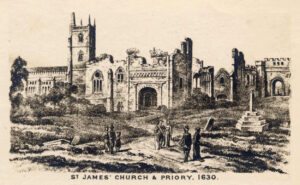
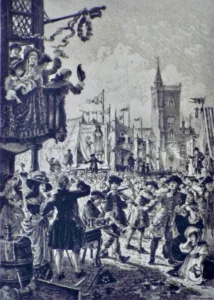
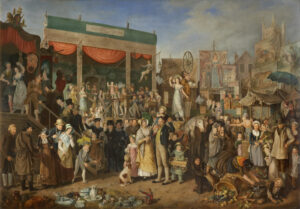
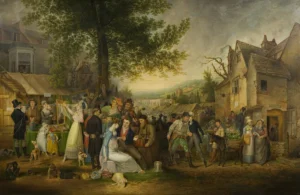
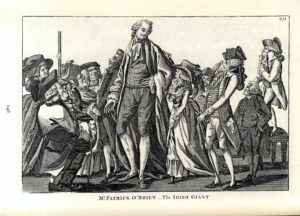

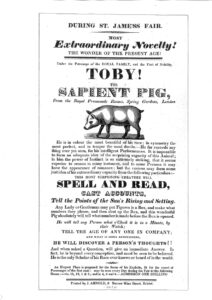
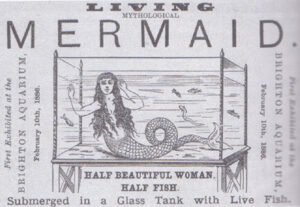
The Civil War Era
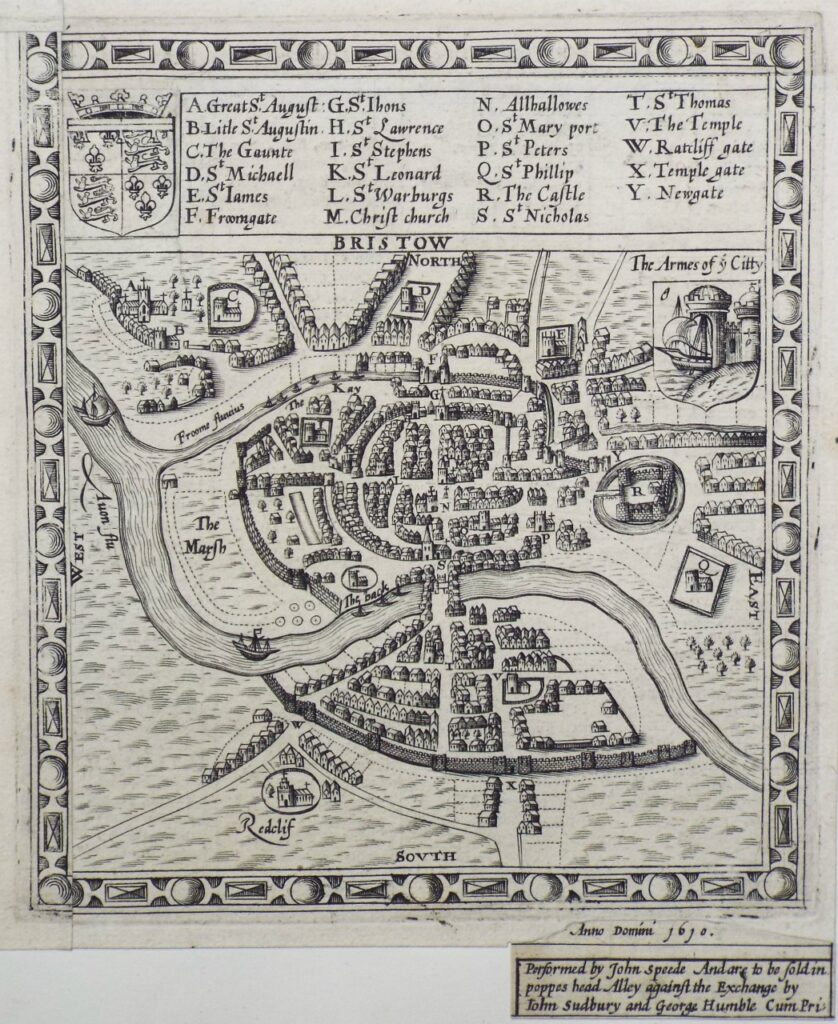
Stokes Croft is the unmarked road north just to the right of St James church (E) outside the city

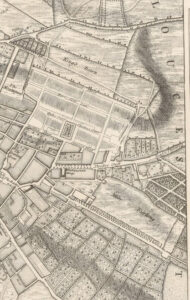
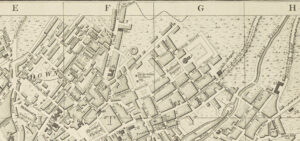
The 17th century saw great social changes in Bristol. In medieval times, Bristol had been run by the church, and a succession of warring lords and kings, eventually being run exclusively by the crown. But the growing power and money of the merchant classes led to Bristol being run by the merchants, in particular by the Society of Merchant Venturers, who regulated and funded the huge trade in commodities from the port. Bristol became second only to London in prosperity, and manufacture and trade flourshed. Factories and workshops were established in Bristol and the surrounding countryside.
After the dissoloution of the monasteries by Henry VIII in the previous century, church lands that had restricted the growth of Bristol were sold to private owners, and the establishment of suburbs began.
At the time of the Civil War (1642–1651), Stokes Croft was still on the outside edge of Bristol, with a few market gardens and isolated houses in the area. The edge of the city was marked by the Stokes Croft turnpike, at the current Ashley Road and Ninetree Hill junction. Beyond the turnpike was the Thornbury Road, still part of Gloucestershire.
To Be Continued… when I get time to write it.
In the meantime, if you want a more detailed history of Stokes Croft, I have put my research here: history.visitstokescroft.co.uk

